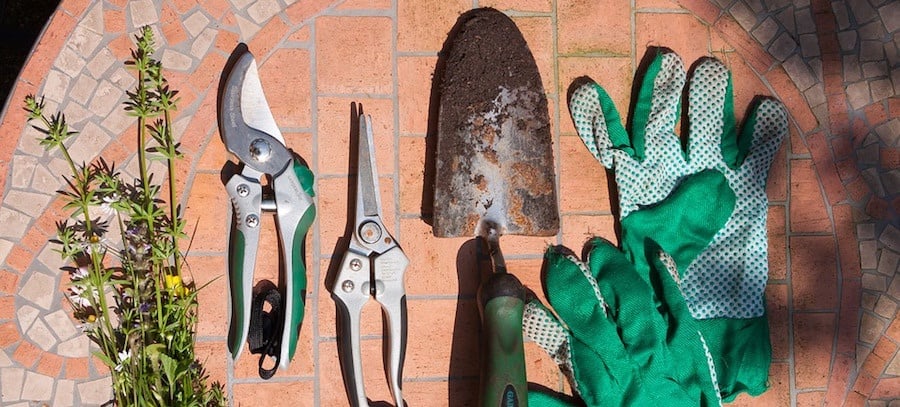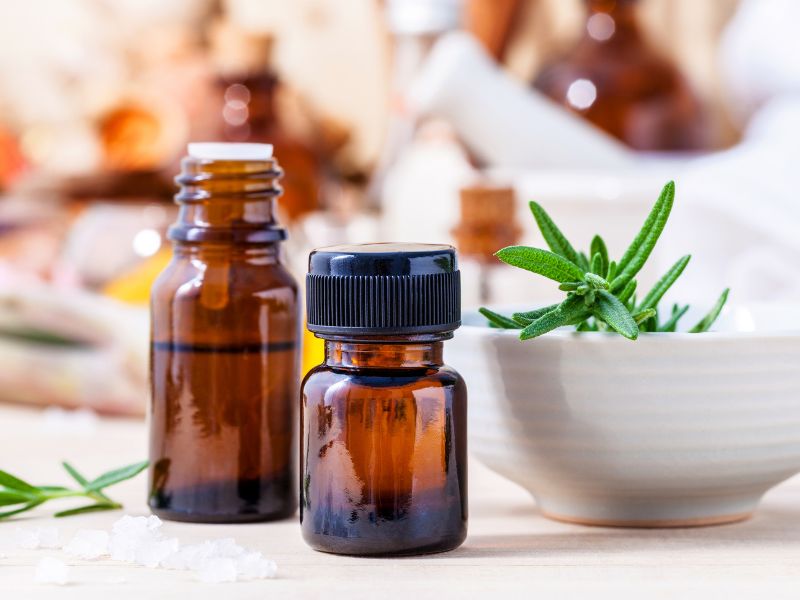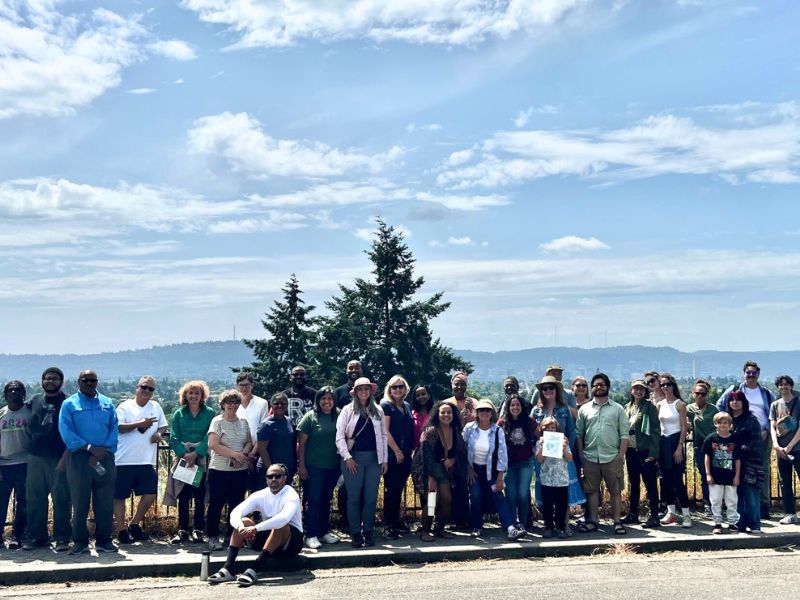There’s something so rewarding about gathering your own medicinal plants. It’s exciting to actually have a hand in your medicines, seeing where the plants grow, their natural surroundings, and deeply connecting with the plants on a personal level. Foraging is something of a lost art these days, but getting outside to connect with not only the plants, but the environment as well is something that is deeply gratifying, no matter what your age or skill level.
Unfortunately, prime foraging season doesn’t last year-round for a lot of folks. As the snow begins to fall and the temperatures dip lower, you often have to get a bit more creative with your foraging tactics. While there is still plenty of wildcrafting to be done in the winter months, there are a few tricks to make your winter foraging worthwhile and enjoyable!
Invest in plant ID books that are specific for your region.
You should have a few books in your arsenal that are geared toward edible and medicinal plants and a couple of books that include all species, for comparison purposes. You want to be knowledgeable of how to correctly identify plants while also knowing the reason for your collection.
For instance, if looking for trees to collect twigs and bark, something that references winter bud and twig ID would be helpful. Collecting an abundance of plants to later find out that they can’t be used for anything, or even worse, are poisonous look-alikes, is both wasteful and disrespectful to the environment. Having a few reference books on hand can help eliminate this problem.
Wildcraft with purpose.
Winter wildcrafting can get tricky since the weather can turn blustery fast. You want to have an idea of what you are searching for before you head out for the day.
Since leaves are normally off deciduous trees and herbaceous plants, you have to turn your attention elsewhere. Some common winter medicines may include needles from coniferous trees, medicinal mushrooms growing on logs or standing trees, or seeds of senesced plants that may be sticking out of the snow. You may also be collecting bark and young twigs, acorns and nuts, berries (such as rosehips) still clinging to shrubs or trees, or even some evergreen leaves (such as those from wintergreen Gaultheria procumbens (L.)). If you know what you are looking for, you can save time and narrow down your search locations.

Come equipped.
Medicinal plants come in a variety of forms. Some plants require harvesting of just the leaves or flowers, while others may be the bark of a tree or the taproot of an herbaceous species. In the winter, you are more limited to what can be harvested due to heavy snow, lack of leaves, and frozen conditions.
Having some basic harvesting tools at the ready can make your experience more efficient and enjoyable. Some staple winter equipment might include a gathering basket or bag, knife, hatchet, hand clippers, and then, of course, layers to keep your fingers and toes toasty.
Only take what is needed.
When foraging, a good rule of thumb is to harvest ethically, and only take what you can reasonably use. Ethical wildcrafting should still allow for the plant population to continue thriving. This may mean clipping only what is needed off of a plant and leaving the roots rather than pulling the whole plant and cutting off what you need later. Leaving the roots allows for the plants to continue regrowing next season for future harvesting or reproduction. If collecting the bark, make sure not to girdle the tree or make open wounds that could be an entry point for bacteria or diseases.
Another rule of thumb: if there is a clump of six plants, only take three. Never harvest over half of a population. In the winter, this may mean only collecting half the fruit/seeds or nuts from a plant and leaving the rest. These are simple rules that any medicinal plant gatherer can follow.
Preserve your specimens right away.
Harvesting in the winter often means that your wildcrafting finds are cold, damp, and have a high chance of molding when brought inside. You want to clean and prepare them for storage as quickly as possible.
While air-drying is the preferred method and one that often preserves the herb’s potency the most, in the winter the most common form of drying herbs is through oven drying. An advantage to this is that air-drying can take days or many hours while the oven takes just a few hours. To oven dry your specimens, wash them thoroughly and place them in a single layer on a baking sheet. Set the oven to the lowest setting possible (around 150°F), and allow your herbs to dry. Flip them frequently to ensure even drying on both sides. You must be diligent to ensure you’re not cooking or burning the herbs.
Another method of preservation is freezing. Freezing can be accomplished through cleaning, drying, and laying the herbs flat on a baking sheet in the freezer overnight. Once frozen, they can be transferred to individual storage bags and kept in the freezer for future use.
Not in the mood for preservation? Simply use those herbs right away by adding them to teas, soups, or tinctures!
Harvesting your own medicinal plants is rewarding and enjoyable. In a way, it takes you back to a simpler time when people were in tune with their environment and well aware of how the plants growing around them were used to heal the body and soul. Just because the snow starts flying doesn’t mean foraging has to be halted. Being properly prepared and informed about correct winter foraging techniques can keep you harvesting year-round in a way that is beneficial for both you and the environment.
Disclosure of Material Connection: I am a guest blogger for American College of Healthcare Sciences, the Institution that publishes this blog. However, all opinions are my own. This blog may contain affiliate links. I am disclosing this in accordance with the Federal Trade Commission’s 16 CFR, Part 255: “Guides Concerning the Use of Endorsements and Testimonials in Advertising.”
This article is for informational purposes only. It is not intended to treat, diagnose, cure, or prevent disease. This article has not been reviewed by the FDA. Always consult with your primary care physician or naturopathic doctor before making any significant changes to your health and wellness routine.




